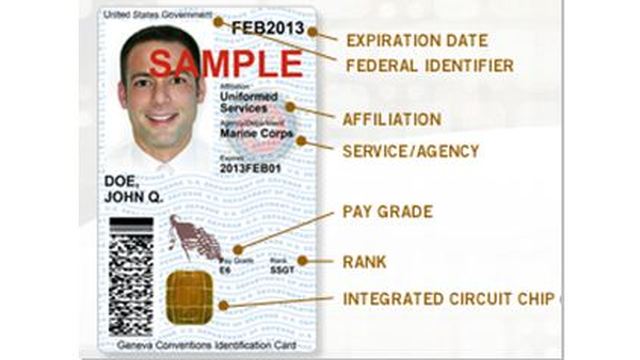
A sizable majority of federal employees believe they have the skills to do their jobs and fulfill their agency missions, according to the 2012 “Best Places to Work in the Federal Government” report released by the Partnership for Public Service.
Among 10 workplace categories that drive employee satisfaction working for government, employees government-wide gave the match between their skills and mission the highest rating, with a score of 77.3 on a scale of 100. This was a slight drop from 2011 when the score was 78.6.
____________________________________________________
This is one in a series of reports on the 2012 Best Places to Work in the Federal Government. For more news and insights on innovations at work in government, please sign up for the AOL Gov newsletter. For the quickest updates, like us on Facebook.
_____________________________________________________ Keep reading →

 GSA Acting Administrator Dan Tangherlini said Wednesday that the “supply” agency is working with other agencies to plan for possible sequestration budget reductions since that would mean cutting back on everything from supplies to real estate.
GSA Acting Administrator Dan Tangherlini said Wednesday that the “supply” agency is working with other agencies to plan for possible sequestration budget reductions since that would mean cutting back on everything from supplies to real estate. The Defense Department is planning to accept a European-developed identification standard that will allow allied military personnel and contractors to access secure military networks under specific circumstances.
The Defense Department is planning to accept a European-developed identification standard that will allow allied military personnel and contractors to access secure military networks under specific circumstances.
 With the sequestration deadline looming, government contractors are split on whether the pending sequestration budget cuts will occur.
With the sequestration deadline looming, government contractors are split on whether the pending sequestration budget cuts will occur. With the deadline just days away for states to declare whether they will institute their own health insurance exchanges as outlined in the Patient Protection and Affordable Care Act (PPACA), many states in the U.S. have yet to formally declare their intentions. Their delay is only one factor threatening to slow down progress on an already rough-hewn path to implementation of health exchanges, which are scheduled to be fully operational with policies taking effect in January 2014.
With the deadline just days away for states to declare whether they will institute their own health insurance exchanges as outlined in the Patient Protection and Affordable Care Act (PPACA), many states in the U.S. have yet to formally declare their intentions. Their delay is only one factor threatening to slow down progress on an already rough-hewn path to implementation of health exchanges, which are scheduled to be fully operational with policies taking effect in January 2014. Three years ago, Government Accountability Office was
Three years ago, Government Accountability Office was